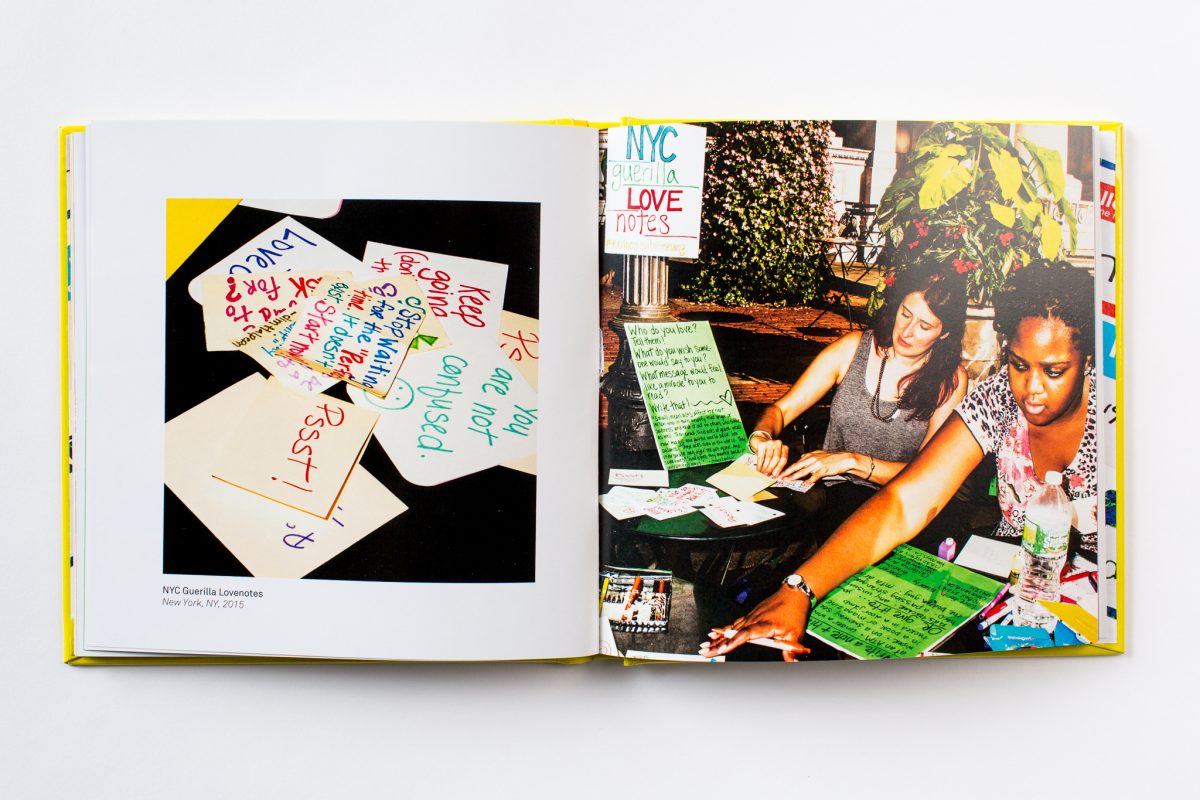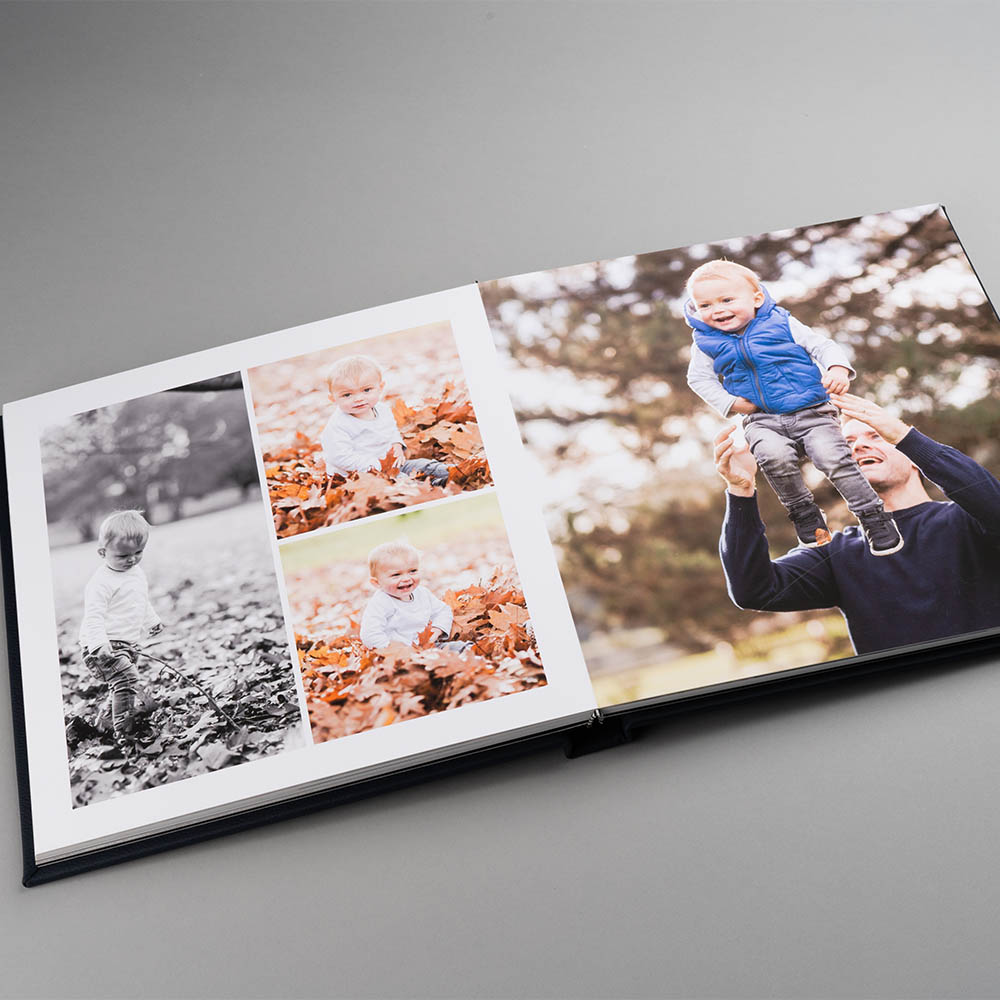Top Things to Watch Out For When Printing an art book
Top Things to Watch Out For When Printing an art book
Blog Article
Understanding the Refine Behind High-grade Art Book Printing for Art Lovers
When it comes to premium art book printing, recognizing the intricacies of the procedure can boost your admiration for the final item. You may not recognize just how necessary paper selection and ink choices are to the vibrancy of artwork. Each element plays a significant duty in attaining the preferred effect. As you discover the different elements of art book printing, you'll uncover understandings that can transform your viewpoint on art preservation and presentation.
The Value of Paper Choice in Art Book Printing
When it pertains to art book printing, the selection of paper can make or break the end product. You desire your artwork to beam, and the best paper enhances color vibrancy and information. Take into consideration factors like weight, texture, and finish; these aspects substantially influence just how visitors regard your work.
For circumstances, a much heavier stock communicates high quality and sturdiness, while a distinctive finish can include deepness to images. Smooth paper is superb for thorough recreations, permitting fine lines and refined tones to appear crisp.
Do not forget the paper's illumination; a brighter sheet can help shades pop, making your art extra attractive. You'll also desire to consider just how the paper communicates with inks and whether it can handle the printing process without deforming or bleed-through. Inevitably, selecting the best paper sets the stage for your art, ensuring it captures the target market's attention equally as you visualized.
Selecting the Right Inks for Vivid Recreations
Selecting the best inks is equally as important as picking top quality paper to attain vivid reproductions in your art book. When you're printing art work, you desire colors that stand out and precisely represent the initial item. Select inks with a high pigment concentration; these often tend to generate richer and much more saturated colors.
You might consider utilizing archival inks, which stand up to fading with time, guaranteeing your art book stays as striking as the day it was printed. If you're collaborating with pictures or electronically produced art, pigment-based inks can supply a bigger color range, improving information and depth.
Do not ignore the coating! Matte and shiny inks can significantly change the appearance of your art work, so think about the appearance you're intending to attain - art book. Ultimately, the best ink choice enhances your paper choice, creating a magnificent visual experience for your readers
The Duty of Color Monitoring in Publish Quality
Shade administration plays an essential function in achieving high print top quality for your art book. It ensures that the shades you see on your display convert precisely to the printed page. Without effective color management, your dynamic art work may show up plain or altered, threatening your creative vision.
To start, adjust your screen on a regular basis. This action aids maintain regular color representation. Next off, use shade profiles tailored for your printer and paper kind. These profiles lead the printer in duplicating shades accurately, minimizing disparities in between electronic and published versions.
When you prepare your files, take into consideration using a color room like Adobe RGB or CMYK, depending on your printer's specs. Always proof your job, too; an examination print can reveal any kind of potential shade concerns before the last run. By focusing on shade management, you guard the integrity of your art, guaranteeing your audience experiences it as you planned.

Recognizing Different Binding Strategies
Attaining the ideal seek your art book goes past color monitoring; binding methods additionally play a substantial role in its overall discussion and resilience. You have a number of options to assess, each with its very own distinct characteristics.
If you're going for a specialist feel, instance binding offers a tough option with a tough cover, best for showcasing your artwork. On the various other hand, best binding provides an adaptable back while maintaining prices down, making it a prominent option for softcover books.
Spiral binding enables your art book to lay flat, which is wonderful for displaying images without obstruction. On the other hand, saddle stitching is perfect for smaller brochures, offering a tidy surface without the mass.
Ultimately, the binding method you select must mirror your creative vision and exactly how you want viewers to involve with your job. Make certain to weigh these choices carefully to achieve the most effective outcome for your project.
The Effect of Publish Dimension and Layout on Presentation
While the choice of print dimension and design might seem second to content, they greatly influence exactly how your art work is perceived. The dimensions of your prints can either enhance or decrease the influence of your pieces. Larger prints can attract customers in, enabling them to value elaborate information, while smaller layouts may call for more intimate interaction.

Conservation Techniques for Durable Art Books
To guarantee your art books stand the examination of time, it's necessary to implement effective conservation methods. Beginning by saving them in a cool, completely dry setting, far from straight sunshine and moisture. This prevents fading and warping, keeping your pages undamaged. Usage acid-free storage space boxes or safety sleeves to shield them from dirt and physical damages.
When managing your publications, always clean your hands or use cotton handwear covers to stay clear of oils and dirt moving onto the web pages. Avoid bending or wrinkling the backs; rather, make use of book supports when showing them.
For added protection, consider investing in archival-quality materials for any repair services or enhancements. Regularly inspect your collection for indications of wear or damages, addressing problems promptly. By complying with these easy techniques, you can guarantee your art books continue to be vibrant and obtainable for many years ahead, preserving their appeal and value for future generations.
Teaming up With Printers for Optimum Outcomes
When you're all set to print your art book, choosing the right printer is essential to attaining your vision. Clear communication regarding your expectations and requirements will assist ensure that both you and the printer are on the same web page. Let's explore great site exactly how to make this collaboration as smooth and efficient as feasible.
Choosing the Right Printer

Effective Interaction Strategies
Reliable interaction is crucial for transforming your art book vision into reality, specifically when collaborating with printers. art book. Beginning by clearly outlining your job's goals, consisting of layout elements, favored products, and any particular printing techniques. Don't wait to share your motivations and references; this assists the printer recognize your aesthetic
Establish up normal check-ins to discuss development and resolve any kind of concerns. Usage visuals, like mock-ups or examples, to share your ideas a lot more successfully. Be open to comments, as printers typically have valuable understandings that can boost your job. Maintain a positive connection by being considerate and appreciative of their experience. This partnership will certainly ensure that your art book meets your assumptions and radiates in its last kind.
Regularly Asked Concerns
What Are Common Blunders to Prevent in Art Book Printing?
When printing your art book, stay clear of common blunders like bad resolution photos, inaccurate color profiles, and neglecting web page format. Don't neglect to check and confirm information to validate your final item satisfies your expectations.
Exactly How Does Digital Printing Differ From Conventional Printing Methods?
Digital printing makes her explanation use of electronic data to produce prints directly, enabling quicker turnaround and modification. On the other hand, standard techniques entail physical plates, which can be taxing and much less versatile for small runs or unique layouts.
What Is the Typical Turnaround Time for Art Book Printing?
The common turnaround time for art book printing differs, yet you can anticipate it to take anywhere from a couple of weeks to several months. Aspects like complexity, amount, and printing method all influence this timeline.
Can I Publish a Restricted Edition Art Book Economically?
You can publish a limited edition art book financially by picking economical products, optimizing print runs, and making use of digital printing choices. Careful preparation and budgeting will certainly aid you accomplish high quality without spending beyond your means.
What Are the Ecological Considerations in Art Book Printing?
When taking into consideration art book printing, you should consider environment-friendly materials, sustainable inks, and energy-efficient procedures (art book). Picking neighborhood printers can also lower your carbon impact, making your project both attractive and ecologically responsible
Report this page